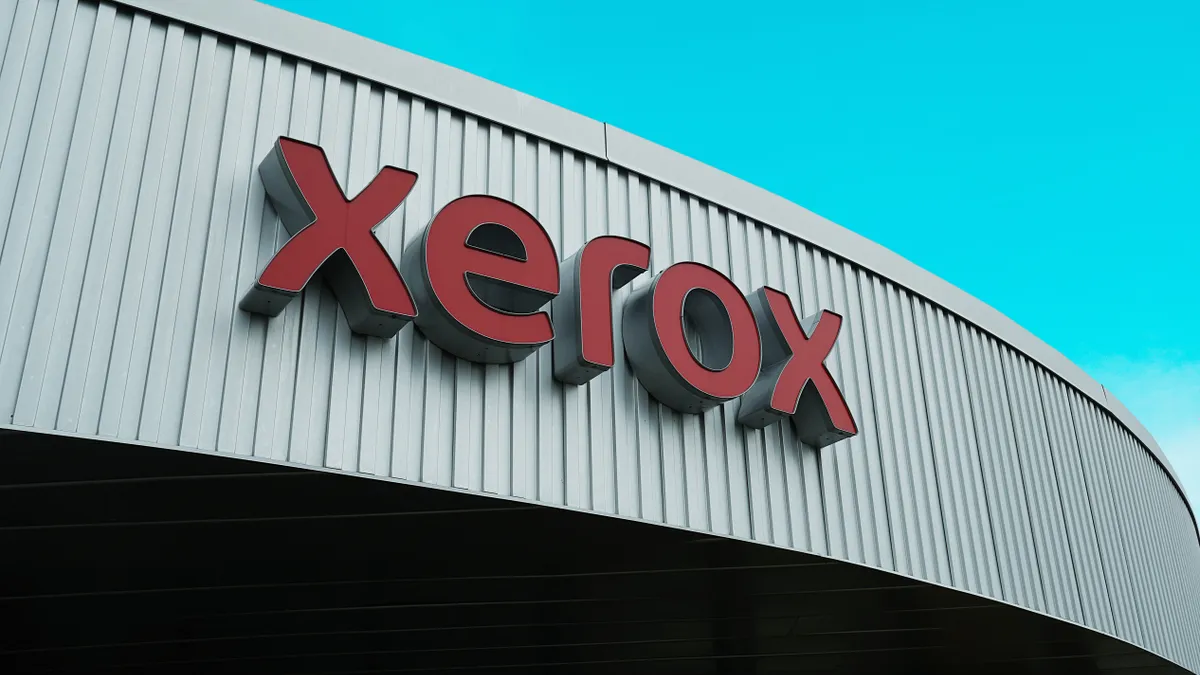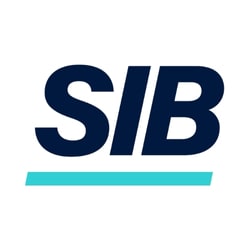As technology seeps further into every part of modern business, the chief information officer is no longer the executive leader solely responsible for its use across the organization: today, every executive must have some level of accountability and knowledge in this arena, said Chris Heard, CEO of Vancouver, British Columbia-based software sourcing company Olive Technologies.
While every executive doesn’t need to have the same granular level of understanding as a CIO, it’s critical for them to “truly understand, at the very least, their core technology stack as deeply as the CIO can” from a use case perspective — a need that is particularly acute when it comes to CFOs, Heard said in an interview.
Taking a collaborative approach
CFOs today face a twofold challenge when it comes to digital transformation, including purchases of new software. As with other members of the C-suite, the finance chief must firstly have a very thorough understanding of the tools present within the finance function and how employees are using them.
However, CFOs are also often “so tied to how this technology is delivered and which departments get what because of their control over the budget” that they also have to consider use cases outside of finance, which means that “the CIO and the CFO have to be in lockstep at all times on this,” Heard said.
A close, collaborative relationship between the CIO and finance chief can make it more likely that a company’s technology spending strategy is successful, CFO Dive recently reported, citing data from Gartner.
However, while their executive leaders have similar focuses inside of the business — ensuring the organization is running effectively — collaboration between the IT and finance teams tends to be scattered and inconsistent, with the teams coming together as needed or occasionally failing to work together at all, CFO Dive reported.
Part of the failure for the two departments to team up may be due to how companies’ view of technology’s role in their organizations has changed and how that shift has affected the functions of the teams in question. Traditionally, IT reported to finance, but as technology began to be seen as more of a growth vector for businesses rather than a cost center, IT and the CIO started to spin off into separate units, creating some initial friction as both tech and finance adjusted.
“It almost felt for a few years that IT and finance were at loggerheads, where IT was trying to push stuff, finance was holding them back,” Heard said. “Now we're moving into much more of a collaborative space where IT and finance are working together.”
Moving beyond cost
While a collaborative approach between the CIO and CFO can yield benefits for companies, the new status quo where IT and finance work as distinct teams is also subject to change, especially as companies and their executive leaders look to navigate today’s economic uncertainty.
Return on investment has jumped up CFOs’ priority list when it comes to choosing new software or tools as finance chiefs deal with lingering economic headwinds at the same time as larger technology platforms or vendors are expanding their range of use cases, enabling firms to do more with less.
“If we have a particularly deep recession, I think you'll see a great deal of consolidation as people eke out more and more ROI out of those larger platforms and reduce the number of additional use cases,” Heard said.
In order to ensure they are finding the best tools for the right price, therefore, it’s critical that the CFO is involved in technology purchase decisions much earlier on in the process than they might have been in previous years, Heard said.
While the CIO needs to understand the ins and outs of how the technology or system will work and what it will be solving, the finance chief needs to have a handle on its ROI and how the technology’s use will affect key metrics. Working with the procurement team to ensure that they are gaining the best deal possible is an essential piece of how the CFO can help drive effective transformation, Heard said.
Playing a larger role when it comes to software also gives CFOs the opportunity to make a similar transformation as CIOs from being the “no” person to someone who drives innovation. However, “that’s only going to come if they work in lockstep with both the CIOs and procurement on making sure that they can be seen as the, ‘yes let's do this’ people,” Heard said.




















